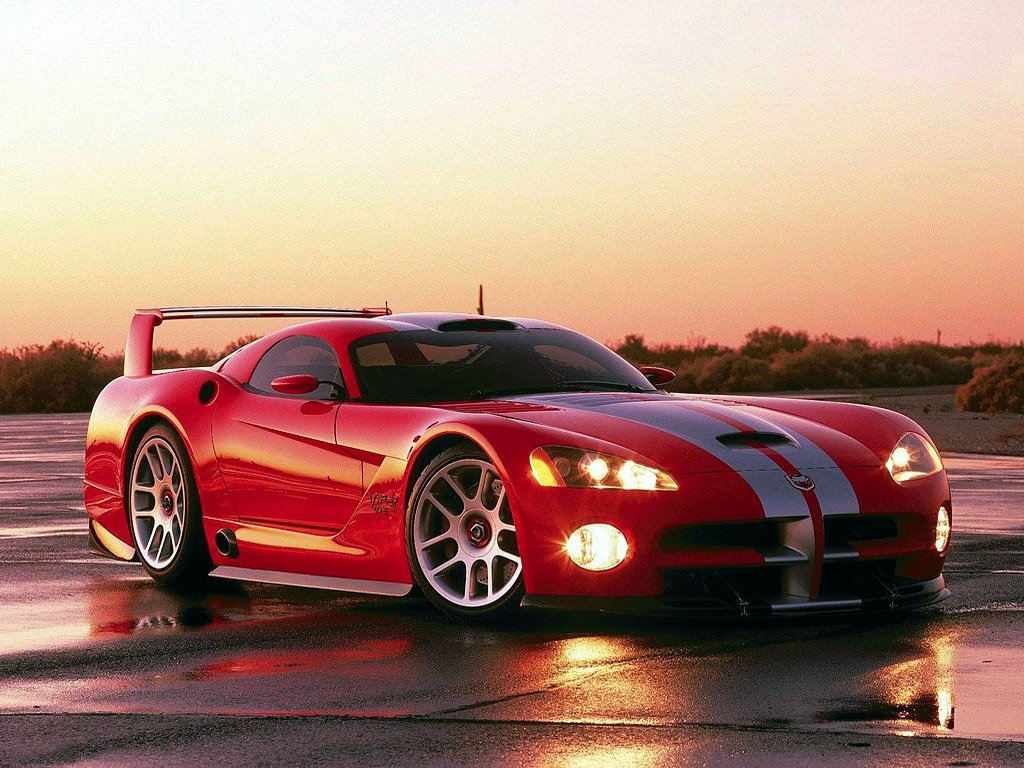Dodge was founded in 1900 by the Dodge brothers - Horace and John Dodge - as the Dodge Brothers Company to supply parts and assemblies to the burgeoning Detroit automobile industry. The company was successful from the very onset, picking up regular work producing engines and chassis for the Olds Motor Vehicle Company, and the Ford Motor Company.
The demands and stress of the booming automobile industry, however, soon led the brothers to tinker with the idea of manufacturing their own, complete cars. Co-founder John Dodge once famously proclaimed in 1913 that he was "tired of being carried around in Henry Ford's vest pocket".
The first car produced by the Dodge Brothers Company was the Dodge Model 30, which introduced several key concepts that were to become standard in the years to come, such as an all steel body, 12 volt electrical system, and a sliding gear transmission. The Dodge car was a hit from the very onset, due as much to the quality and durability of the car as to the exemplary work ethic displayed by the brothers in the years preceding their entry into car manufacturing. By 1916, the Dodge cars were the second largest selling in the US, behind only the Ford Model T.
After the death of the Dodge brothers in 1920, the company was first sold to Dillon, Reed & Co. for a reported $146 million (the largest financial transaction in history), and later to Chrysler for a $170 million stock deal. By this time, Dodge had dropped to no. 7 in the US automobile sales charts.
A major turning point in the fortunes of Dodge motors was the Japanese attack on Pearl Harbor and the United States' entry into WWII. The Dodge brand was particularly successful of the Chrysler line of products as a military vehicle because of the durability of its light trucks.
The post-war years and that era's insatiable appetite for cars led to increased sales of automobiles across manufacturers, and Dodge enjoyed a revival in popularity among the civilian population (it was already a popular military transportation vehicle). The year 1953 saw the introduction of the first V8 engine, well in time for America's discovery of the joys of freeway travel. The bigger, more powerful Dodge cars were received very well by the American public during this time and sales improved every year.
Dodge was one of the foremost players in the late 1960's and 70's muscle car market, and is fondly remembered today as the creator of some of the most beloved muscle cars from that era. The lumbering, fuel inefficient Dodges, however, weren't prepared for the fuel crisis of 1973 when the demand for efficient, smaller cars soared. The financially strained parent company, Chrysler, couldn't move quickly enough to modify its line up to meet this new challenge, and in 1979, applied to, and received federal loan guarantees to protect it from a near certain bankruptcy.
After the near bankruptcy experience, Dodge parent company, Chrysler branched out into smaller, more efficient models like the Caravan. Dodge, however, maintained its sporty/aggressive lineage with the introduction of models like the Dodge Spirit, and the still popular Dodge Viper.
In the modern day, Dodge is best known for its aggressively styled cars like the Dodge Challenger and Charger, and its powerful, sturdy trucks, the Dodge Ram and the Dodge Dakota. Despite the company's primary market of pickup trucks and big, sporty cars seeing a significant fall in demand owing to the rising cost of fuel and the economic recession, Dodge has continued to stay strong in the North American market.













0 comments:
Post a Comment